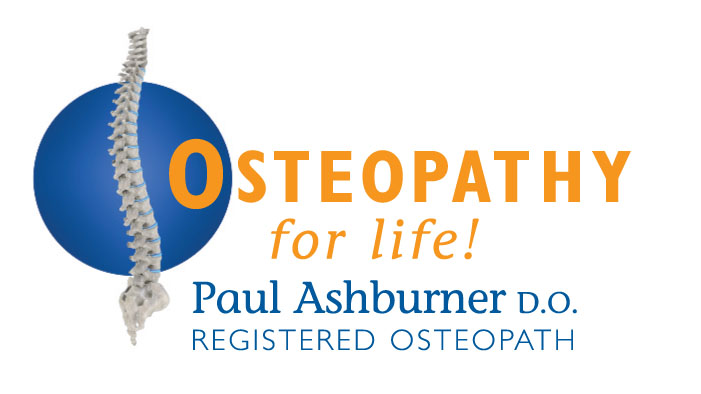
Osteopathic Treatment of Back and Neck Pain
Back and neck pain are among the most common complaints that bring patients to seek osteopathic care. These pains can stem from various causes, affecting daily activities and overall quality of life. Osteopathic treatment offers a holistic approach, addressing the root causes and promoting natural healing. This article will explore the osteopathic approach to managing low back pain, thoracic and chest pain, and neck pain.
Understanding Low Back Pain
Low back pain can affect any area below the ribs and above the legs, often due to the lower back’s role in bearing most of the body’s weight and its involvement in lifting, reaching, or twisting.
Causes of low back pain include:
Overuse, Strain, or Injury: Common in sports, gardening, car accidents, or lifting heavy objects.
Aging: Leads to weakened bones and muscles, and wear and tear on spinal discs.
Herniated Disc: Bulging or ruptured discs can press on nerves, causing pain.
Arthritis: Inflammation of spinal joints.
Osteoporosis: Bone loss leading to compression fractures.
Congenital Spine Problems: Structural issues present from birth.
Symptoms of low back pain vary based on the cause and can include:
Dull, Burning, or Sharp Pain: Localized or widespread.
Muscle Spasms or Stiffness: Accompanying the pain.
Leg Symptoms: Pain, numbness, or tingling extending below the knee.
Understanding Thoracic and Chest Pain
Thoracic (mid-back) and chest pain can also be related to spinal issues. These pains may arise from:
Poor Posture: Leading to muscle strain and spinal misalignment.
Intercostal Muscle Strain: Injury to muscles between the ribs.
Thoracic Spine Problems: Such as herniated discs or arthritis.
Understanding Neck Pain
Neck pain often results from:
Muscle Strain: From poor posture, especially in activities like using computers or smartphones.
Injury: Such as whiplash from car accidents.
Herniated Discs or Arthritis: Affecting cervical vertebrae.
Degenerative Disc Disease: Wear and tear on spinal discs.
Osteopathic Diagnostic Approach
Osteopaths use a comprehensive approach to diagnose back and neck pain, including:
Medical History: Understanding the nature, onset, and progression of symptoms.
Physical Examination: Assessing posture, range of motion, and palpation to identify tenderness, swelling, and restriction.
Special Tests: Orthopedic and neurological tests to evaluate joint integrity, muscle strength, and nerve function.
Osteopathic Treatment Techniques
Osteopathic treatment is personalised to the individual’s specific condition and may include a combination of the following techniques:
Soft Tissue Manipulation: Techniques such as massage and myofascial release to relax tight muscles, improve blood flow, and reduce inflammation.
Joint Mobilisation: Gentle movements to enhance joint mobility and reduce stiffness.
Muscle Energy Techniques: Active patient involvement in muscle contractions against a controlled resistance provided by the osteopath, aimed at improving joint function and muscular strength.
Counterstrain Techniques: Gentle positioning of the body to relieve pain and reduce muscle spasms.
Functional Techniques: Subtle movements tailored to the body’s natural rhythm to release restrictions and improve overall function.
Treatment for Low Back Pain
Osteopathic treatment of low back pain often includes an assessment of the pelvis, hips, and lower limbs to address any contributing factors. Techniques such as soft tissue manipulation, joint mobilization, and muscle energy techniques are commonly used to relieve pain and restore function. Patients are often given exercises to strengthen the back and improve flexibility, aiding in long-term recovery and prevention of recurrence.
Treatment for Neck Pain
When assessing neck pain, osteopaths examine the entire spine, as neck issues are often linked to problems in the lower back. Treatment may include soft tissue mobilisation, massage, and joint manipulation where appropriate. Exercises to improve posture and strengthen neck muscles are also recommended.
Conclusion
Osteopathic treatment for back and neck pain is a holistic approach that addresses the body’s interconnected systems. By restoring structural balance, enhancing mobility, and alleviating pain, osteopaths help patients achieve optimal function and improved quality of life. Whether dealing with chronic pain or acute injuries, osteopathy offers a comprehensive and individualized path to recovery. This approach not only aids in the immediate relief of symptoms but also focuses on long-term prevention, ensuring individuals can return to their activities stronger and more resilient.
See also:
New to the Practice?
To book an Initial Consultation you should call on 01773 843 033 during office hours. Our friendly reception staff will be pleased to find a convenient appointment for you.
Existing Patients:
Book your next appointment online by clicking the button below:
Book your Appointment
Conditions patients often seek our help for:
Latest News
Latest Articles
Payment Methods
We accept payments by cash, bank transfer and credit/debit cards.


